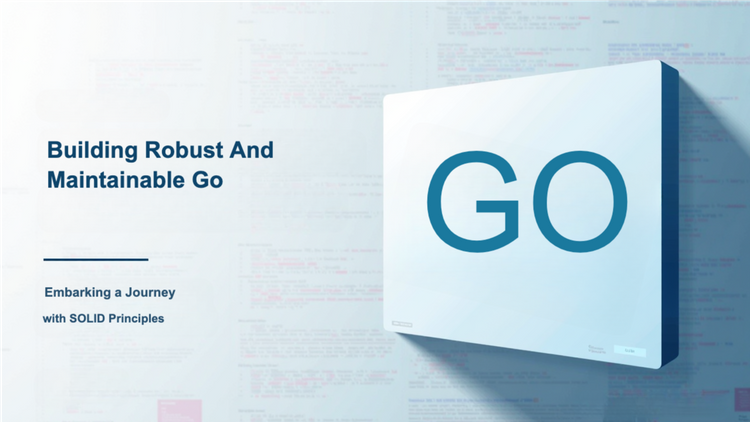Golang Tutorial 5: Mastering Loops for Efficient Iteration in GoLang
Loops are fundamental programming constructs that allow for repeated execution of a block of code until a certain condition is met. In GoLang, loops play a crucial role in iterating over collections of data, performing repetitive tasks, and controlling program flow. By effectively utilizing loops, developers can create efficient and scalable GoLang applications that handle large datasets, automate repetitive processes, and optimize performance.
The for Loop: Iterating for a Fixed Number of Times
The for loop is the most common loop construct in GoLang. It allows developers to execute a block of code a specific number of times, typically based on an integer counter variable. The loop terminates when the counter variable reaches the specified limit.
for i := 0; i < 10; i++ {
fmt.Println("Iteration number:", i)
}
The for-range Loop: Iterating Over Collections
The for-range loop is specifically designed for iterating over collections of data, such as arrays, slices, maps, and strings. It simplifies the process of accessing and manipulating individual elements within the collection.
numbers := [5]int{1, 2, 3, 4, 5}
for index, value := range numbers {
fmt.Println("Index:", index, "Value:", value)
}
The while Loop: Iterating Until a Condition is Met
The while loop allows developers to execute a block of code repeatedly as long as a specified condition remains true. This loop is useful for situations where the number of iterations is not known in advance.
balance := 100.00
for balance > 0.00 {
balance -= 10.00
fmt.Println("Remaining balance:", balance)
}
Infinite Loops: Special Cases for Continuous Execution
Infinite loops are specialized forms of loops that continue executing indefinitely, typically used for background tasks, monitoring processes, or event handling. These loops require careful consideration and mechanisms to prevent unintended behavior.
for {
// Continuously monitor system resources
fmt.Println("System resources:", getCPUUsage(), getMemoryUsage())
time.Sleep(1 * time.Second) // Pause for a second
}
Loop Control Statements: Modifying Loop Behavior
Loop control statements provide developers with the ability to modify the behavior of loops, allowing for more flexibility and control over iteration. These include:
break: Exits the loop immediately, regardless of the current iteration or condition.continue: Skips the current iteration and proceeds to the next iteration.goto: Transfers control to a specific label within the loop or the enclosing function.
for i := 0; i < 10; i++ {
if i % 2 == 0 {
continue // Skip even numbers
}
fmt.Println("Odd number:", i)
}
Conclusion
Loops are essential tools for efficient iteration and repetitive tasks in GoLang applications. They enable developers to process large datasets, automate repetitive operations, and control program flow based on conditions. By mastering the use of various loop constructs and control statements, GoLang developers can create scalable, performant, and user-friendly applications that handle a wide range of tasks.





